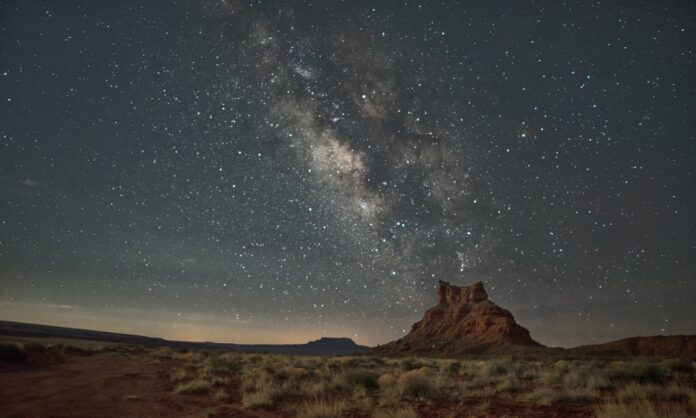More people are going outdoors — and this isn’t necessarily a bad thing
Ask anyone who’s been outdoorsy in the West since the ‘70s and they can tell you they’ve been witness to the changing culture and experience of natural places over the last 50 years. Old timers — be they climbers, hikers, surfers, bikers, backpackers or from any other crew — gripe about the overcrowding that now characterizes parks and once-remote places. They have a point: as technology makes exploring easier and safer every year, more people visit national parks, explore new areas and get themselves out there than ever before.
Every sport and community has its mythical spot, and for climbers, Yosemite Valley is the first that comes to mind. Immortalized in campfire lore, legendary photographs and movies like “Valley Uprising,” the Yosemite Valley of the ‘60s and ‘70s has taken on the feeling of a lost paradise. It’s no longer possible to live in the way the tight-knit crew of climbers were living back then; too many people want campsites, a shot at the classic routes or are only in town for a weekend.
And, yeah, it’s frustrating. It’s not really possible to live like that in the Valley anymore, or at least not possible enough for a community to be built around it. There are parallels in a lot of the outdoor sports that have generated powerful subcultures and communities.
Beyond even the niche desire to escape and climb or surf or ski or anything else is the critical desire in many people to be alone outside. So often, going outside is an escape, a way of looking for a place where instead of being someone in a crowd, you’re just someone, and the idea that places once overwhelmingly remote are now tourist attractions can be genuinely scary.
Plus there are the dumb butts who don’t know how to — or don’t care to — treat natural spaces right: the more people use public land, the more of these fools there are as well. Personally, few things get me goin’ like the negligence and vandalism that happen on public land. It hurts to see people mistreating the little land we’ve collectively agreed to save, and it feels to me like further evidence that we need the land we’re destroying. It makes me genuinely angry, sad and depressed.
I’ve had a lot of conversations and read a lot of articles in the past couple years about how outdoor culture is changing. Some people try to cheer me up, some voice the same anger or fear and some haven’t ever really thought about it. The fact is, though, that as much as I or anyone else personally feels sad or scared about more people using public land, it’s a really, really good thing.
For example: A hot issue of Trump’s presidency has been his attempt to reduce the Bear’s Ears National Monument of Southern Utah. The monument was designated by President Barack Obama back in 2016 and protects 1.3 million acres of land, including important climbing, mountain biking and backpacking destinations as well as a large amount of important Native American history. Trump’s planned reduction would drastically reduce the size of the monument, stripping a number of important Native American heritage sites and outdoor recreation areas of protection.
In response, a large group of big-name outdoor retailers (shout-out to Patagonia) threatened to hold a massive annual retail convention planned to be held in Utah in another state. The companies were leveraging what has become a billion-dollar industry against the money and political power of more traditional industries like oil, and though the Bear’s Ears protections are still an ongoing debate, the companies’ actions mark a larger changing view of natural spaces. As more people go outside, vastly more money is being spent on travel and gear, providing strong economic incentives to protect the spaces driving the ecotourism industry. And as more people fall in love with the spaces we’ve protected, there’s a growing political energy toward continuing to protect them.
In very real, practical ways, the continued protection of open spaces is dependent on people using them, and resentment about this is a dangerous form of entitlement. At the end of the day, the only thing I really resent about more people getting outside is when they do it rudely and anonymously. The outdoor community is a powerful force, partly (or mostly) because of a sort of grassroots, family-style support system that has grown out of mutual support in the face of physical challenge and awe-inspiring beauty.
There’s an easy solution to that twinge of bitterness at having to share special spots with people who don’t know them or love them yet: initiate a kook. Tell people when they’re doing something uncool (looking at you, Joshua Tree vandals). Smile at the people you pass on the trail, maybe even chat about the weather. Outdoor culture is no doubt changing, but whether it’s for the better or the worse is entirely up to the people who are part of it right now.
Written by: Anna Kristina — akmoseid@ucdavis.edu
Disclaimer: The views and opinions expressed by individual columnists belong to the columnists alone and do not necessarily indicate the views and opinions held by The California Aggie.





